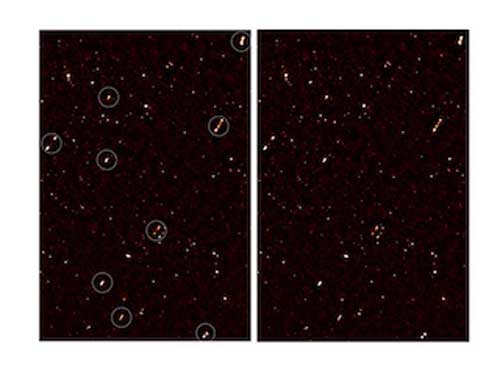 Deep radio imaging has revealed that supermassive black holes in a region of the distant universe are all spinning out radio jets in the same direction - most likely a result of primordial mass fluctuations in the early universe.
Deep radio imaging has revealed that supermassive black holes in a region of the distant universe are all spinning out radio jets in the same direction - most likely a result of primordial mass fluctuations in the early universe.
Apr 11th, 2016
Read more
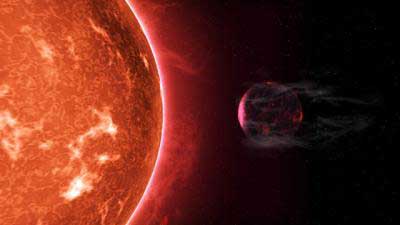 Astrophysicists have used data from the NASA Kepler space telescope to discover a class of extrasolar planets whose atmospheres have been stripped away by their host stars.
Astrophysicists have used data from the NASA Kepler space telescope to discover a class of extrasolar planets whose atmospheres have been stripped away by their host stars.
Apr 11th, 2016
Read more
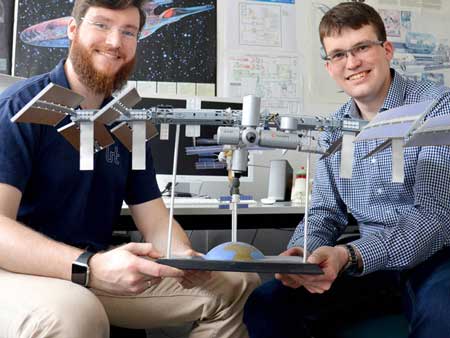 Researchers simulate life support systems in space travel.
Researchers simulate life support systems in space travel.
Apr 11th, 2016
Read more
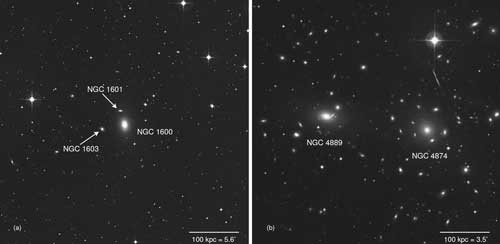 Astronomers find unusual descendant of a quasar.
Astronomers find unusual descendant of a quasar.
Apr 7th, 2016
Read more
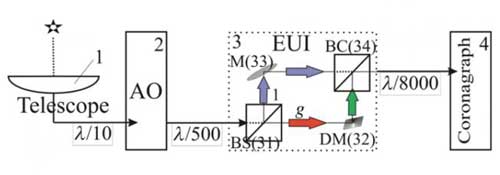 Physicists have developed optical technology for the 'correction' of light coming from distant stars, which will significantly improve the 'seeing' of telescopes and therefore will enable us to directly observe exoplanets as Earth-twins.
Physicists have developed optical technology for the 'correction' of light coming from distant stars, which will significantly improve the 'seeing' of telescopes and therefore will enable us to directly observe exoplanets as Earth-twins.
Mar 30th, 2016
Read more
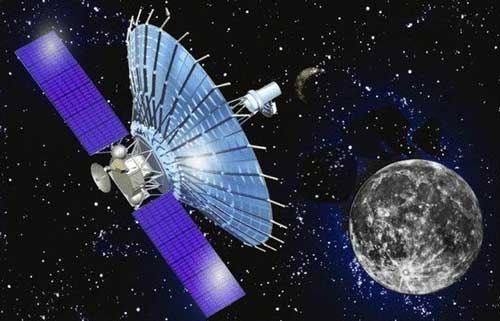 Astronomers using an orbiting radio telescope in conjunction with four ground-based radio telescopes have achieved the highest resolution, or ability to discern fine detail, of any astronomical observation ever made. Their achievement produced a pair of scientific surprises that promise to advance the understanding of quasars, supermassive black holes at the cores of galaxies.
Astronomers using an orbiting radio telescope in conjunction with four ground-based radio telescopes have achieved the highest resolution, or ability to discern fine detail, of any astronomical observation ever made. Their achievement produced a pair of scientific surprises that promise to advance the understanding of quasars, supermassive black holes at the cores of galaxies.
Mar 30th, 2016
Read more
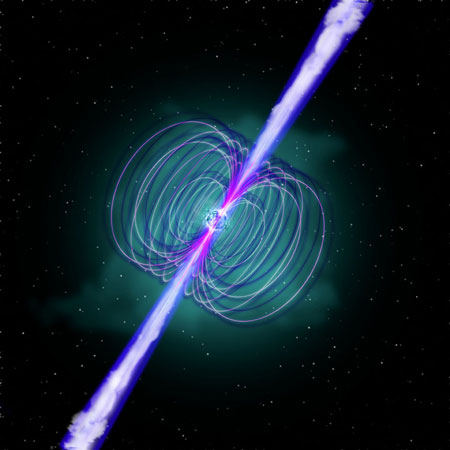 Calculations by scientists have found highly magnetized, rapidly spinning neutron stars called magnetars could explain the energy source behind two extremely unusual stellar explosions.
Calculations by scientists have found highly magnetized, rapidly spinning neutron stars called magnetars could explain the energy source behind two extremely unusual stellar explosions.
Mar 24th, 2016
Read more
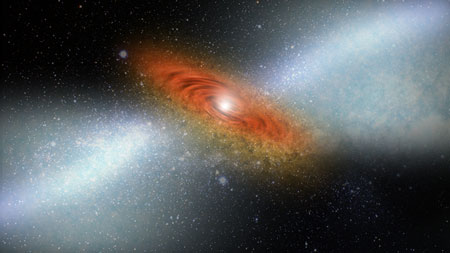 Study finds first observed evidence of galactic-wind phenomenon.
Study finds first observed evidence of galactic-wind phenomenon.
Mar 23rd, 2016
Read more
Researchers have developed a new conceptual framework for understanding how stars similar to our Sun evolve. Their framework helps explain how the rotation of stars, their emission of x-rays, and the intensity of their stellar winds vary with time.
Mar 23rd, 2016
Read more
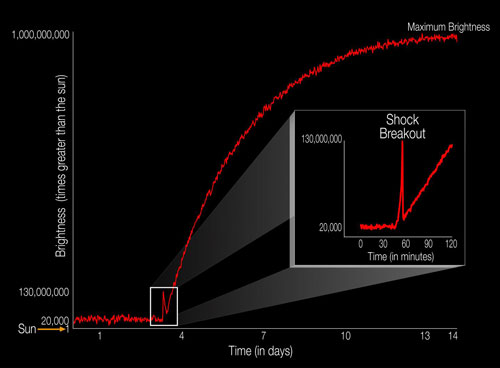 NASA's planet hunter, the Kepler space telescope, has captured the brilliant flash of an exploding star's shock wave - what astronomers call the 'shock breakout' of a supernova - for the first time in visible light wavelengths.
NASA's planet hunter, the Kepler space telescope, has captured the brilliant flash of an exploding star's shock wave - what astronomers call the 'shock breakout' of a supernova - for the first time in visible light wavelengths.
Mar 22nd, 2016
Read more
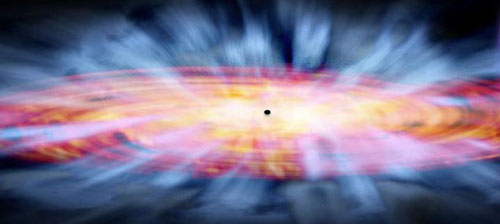 The fastest winds ever seen at ultraviolet wavelengths have been discovered near a supermassive black hole.
The fastest winds ever seen at ultraviolet wavelengths have been discovered near a supermassive black hole.
Mar 21st, 2016
Read more
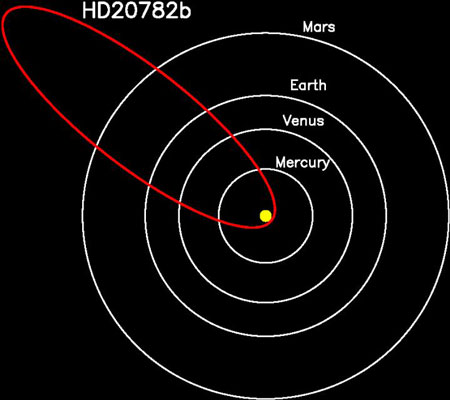 A team of researchers has spotted an extrasolar planet about 117 light-years from earth that boasts the most eccentric orbit yet seen.
A team of researchers has spotted an extrasolar planet about 117 light-years from earth that boasts the most eccentric orbit yet seen.
Mar 21st, 2016
Read more
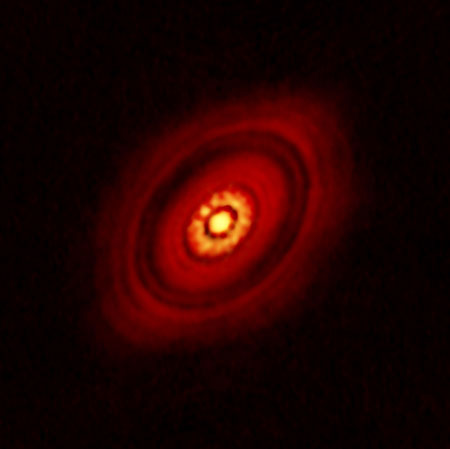 Astronomers see unprecedented detail of inner portion of protoplanetary disk.
Astronomers see unprecedented detail of inner portion of protoplanetary disk.
Mar 18th, 2016
Read more
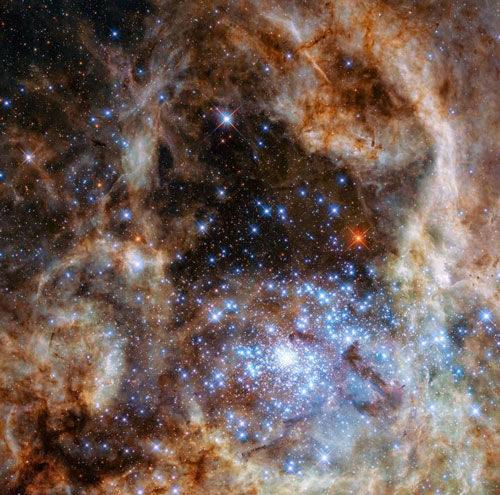 An international team of scientists using the NASA/ESA Hubble Space Telescope has combined images taken with the Wide Field Camera 3 with the unprecedented ultraviolet spatial resolution of the Space Telescope Imaging Spectrograph to successfully dissect the young star cluster R136 in the ultraviolet for the first time.
An international team of scientists using the NASA/ESA Hubble Space Telescope has combined images taken with the Wide Field Camera 3 with the unprecedented ultraviolet spatial resolution of the Space Telescope Imaging Spectrograph to successfully dissect the young star cluster R136 in the ultraviolet for the first time.
Mar 18th, 2016
Read more
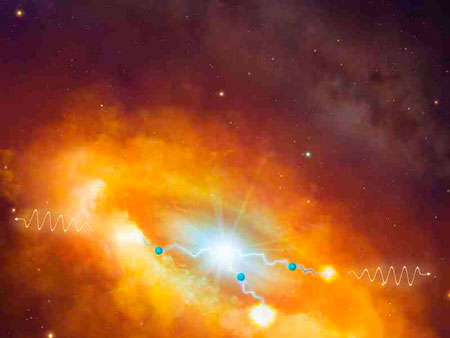 H.E.S.S telescopes observe cosmic rays accelerated by giant black hole.
H.E.S.S telescopes observe cosmic rays accelerated by giant black hole.
Mar 17th, 2016
Read more
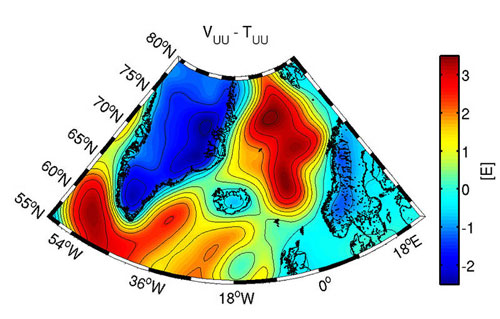 How does the ice on the polar caps change? And which are the geological characteristics of the Earth's crust beneath? What is the structure of the boundary between the Earth's crust and mantle? Geophysicists will be able to answer these questions in the future using gravity field measurements from ESA's GOCE gravity satellite.
How does the ice on the polar caps change? And which are the geological characteristics of the Earth's crust beneath? What is the structure of the boundary between the Earth's crust and mantle? Geophysicists will be able to answer these questions in the future using gravity field measurements from ESA's GOCE gravity satellite.
Mar 14th, 2016
Read more
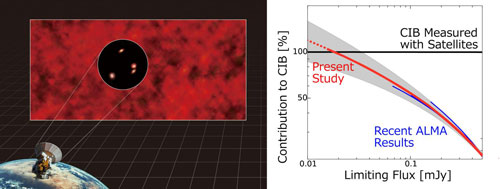 A research team using the Atacama Large Millimeter/submillimeter Array (ALMA) has detected the faintest millimeter-wave source ever observed. By accumulating millimeter-waves from faint objects like this throughout the Universe, the team finally determined that such objects are 100% responsible for the enigmatic infrared background light filling the Universe.
A research team using the Atacama Large Millimeter/submillimeter Array (ALMA) has detected the faintest millimeter-wave source ever observed. By accumulating millimeter-waves from faint objects like this throughout the Universe, the team finally determined that such objects are 100% responsible for the enigmatic infrared background light filling the Universe.
Mar 10th, 2016
Read more
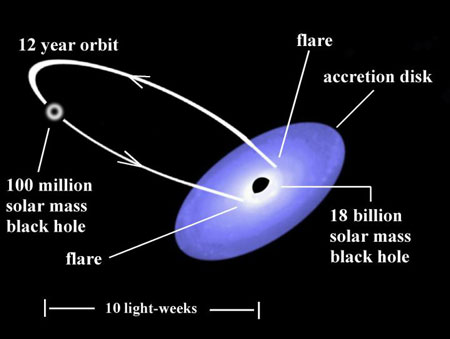 A recent observational campaign involving more than two dozen optical telescopes and NASA's space based SWIFT X-ray telescope allowed a team of astronomers to measure very accurately the rotational rate of one of the most massive black holes in the universe.
A recent observational campaign involving more than two dozen optical telescopes and NASA's space based SWIFT X-ray telescope allowed a team of astronomers to measure very accurately the rotational rate of one of the most massive black holes in the universe.
Mar 10th, 2016
Read more
 Deep radio imaging has revealed that supermassive black holes in a region of the distant universe are all spinning out radio jets in the same direction - most likely a result of primordial mass fluctuations in the early universe.
Deep radio imaging has revealed that supermassive black holes in a region of the distant universe are all spinning out radio jets in the same direction - most likely a result of primordial mass fluctuations in the early universe.
 Subscribe to our Space Exploration News feed
Subscribe to our Space Exploration News feed














